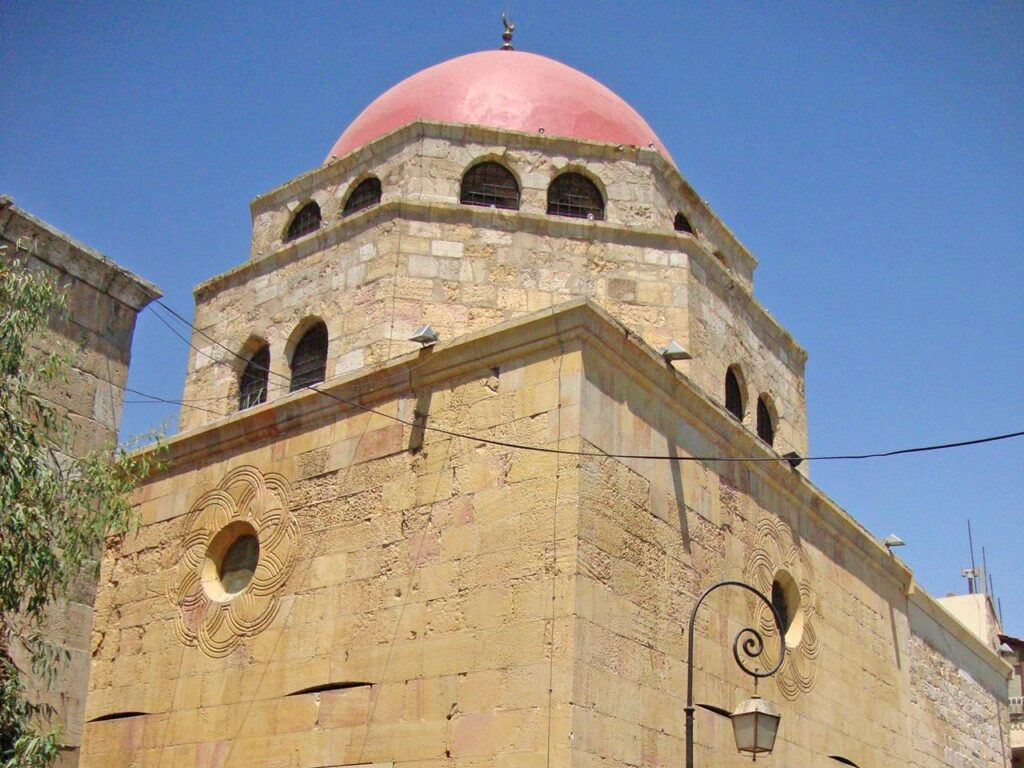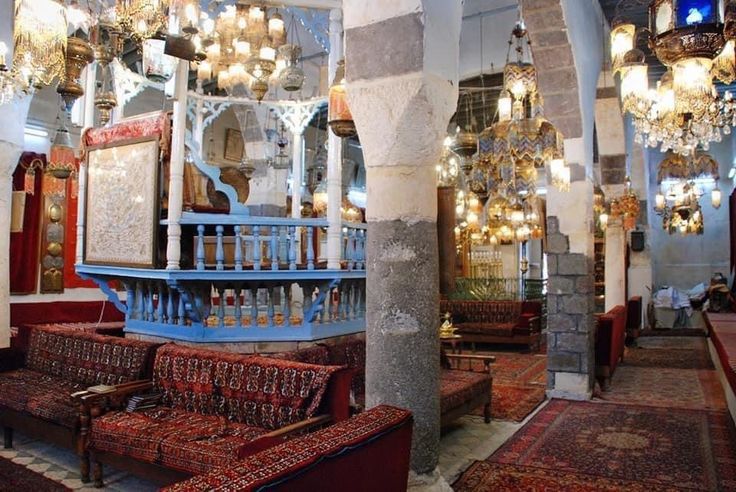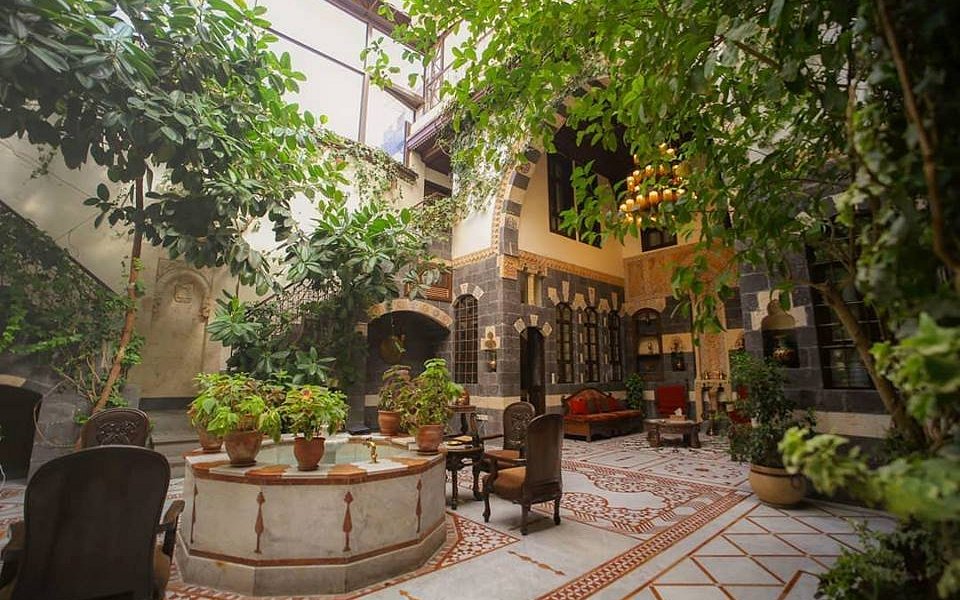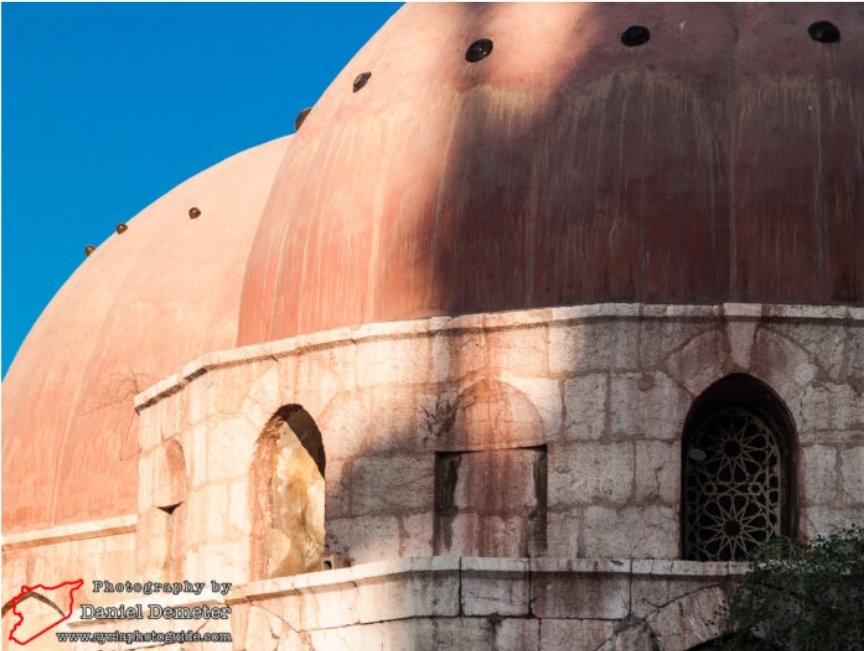Patron،Founded in 1277 CE, Al-Zahiriyya Madrasa was established as a khanqah (Sufi lodge) combining religious education with commemoration of the Mamluk Sultan al-Zahir Baybars. The structure is distinguished by its deeply recessed portal adorned with muqarnas, and the use of ablaq masonry, which creates a striking visual rhythm across the façade.
Upon entering the courtyard, the mausoleum chamber comes into view, richly decorated with marble inlays covering the walls up to a height of three meters. The dome, pierced by five arched windows, allows for a dramatic infusion of light, enhancing the solemn atmosphere of the tomb.
In 1919, the madrasa was repurposed into a public library, housing a vast collection of Syrian manuscripts. Today, it remains one of the most significant manuscript research centers in the region, serving scholars and historians alike.
















